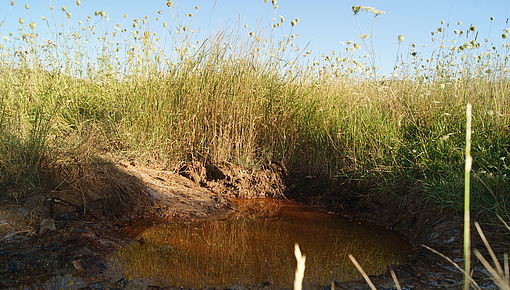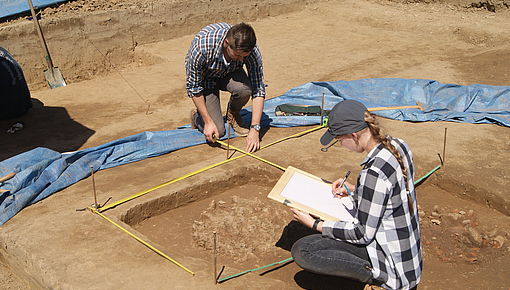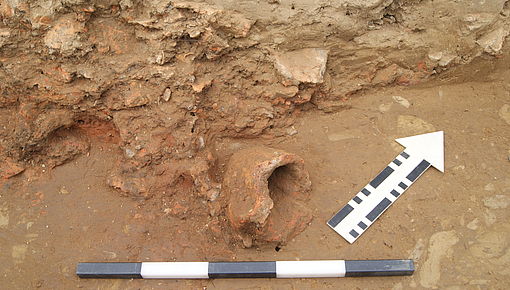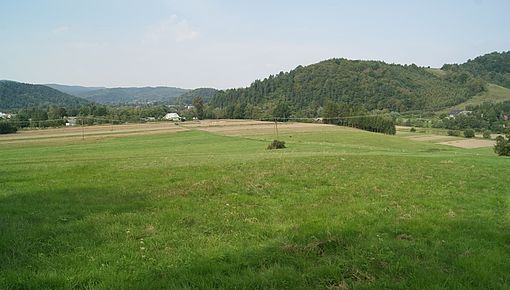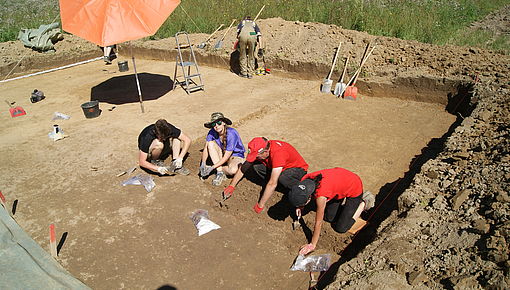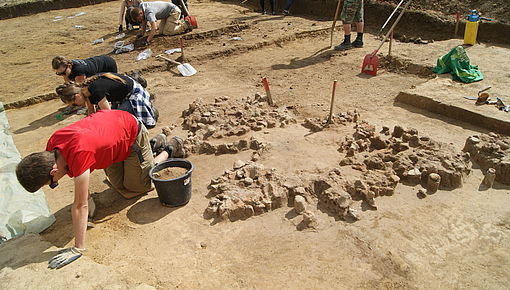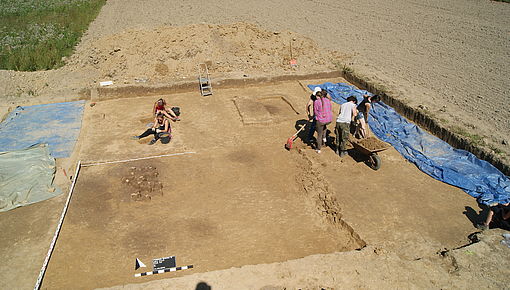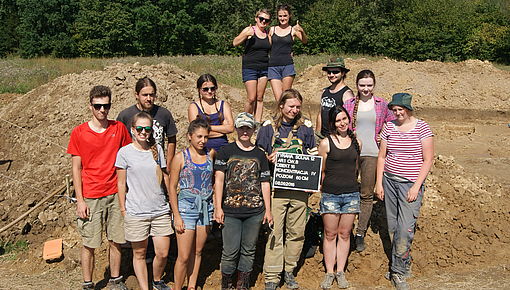
Prehistoric salt
Salt is vital to human health and has a variety of other uses, including food preservation. Some parts of the world are rich in salt, while others have none. This uneven distribution suggests extensive exchange over long distances. However, not much is known about well-established trade-routes. Perhaps this expectation is somewhat exaggerated, since salt can be produced in many ways for local use, especially if aspects of efficiency and cost minimization do not play a predominant role.
In south-eastern Poland, numerous archaeological sites dating from the Neolithic to the Late Middle Ages were discovered in the valley of the Tyrawka River. This observation initially came as a surprise, as the area is hilly and covered with forests on both sides of the river. The distribution of salt and copper deposits may resolve this apparent paradox. Approximately a dozen salt springs are today concentrated on the northern slopes of the Salty Mountains (Góry Słonne). Excavations at Late Bronze Age evaporation sites provided several features that yielded thousands of briquetage fragments together with a few pieces of non-technical pottery. This ordinary kitchenware indicates cultural connections with the trans-Carpathian Gáva culture. Considering the possible extent of salt production, the salt wells of the lower course of the Tyrawka River were exploited on a local, non-industrial scale during the Late Bronze Age.
- Ceramika solowarska ze stanowiska Tyrawa Solna 33 w dolinie rzeki Tyrawki (południowo-wschodnia Polska)
- Prehistoric salt-making in the valley of the Tyrawka River in the Słonne Mountains.
- Salz, Siedlungen und eine Magnetometerprospektion an der Tyrawka in den Salzbergen der Beskiden.
- Salz im ur- und frühgeschichtlichen Mitteleuropa – Eine Bestandsaufnahme.
